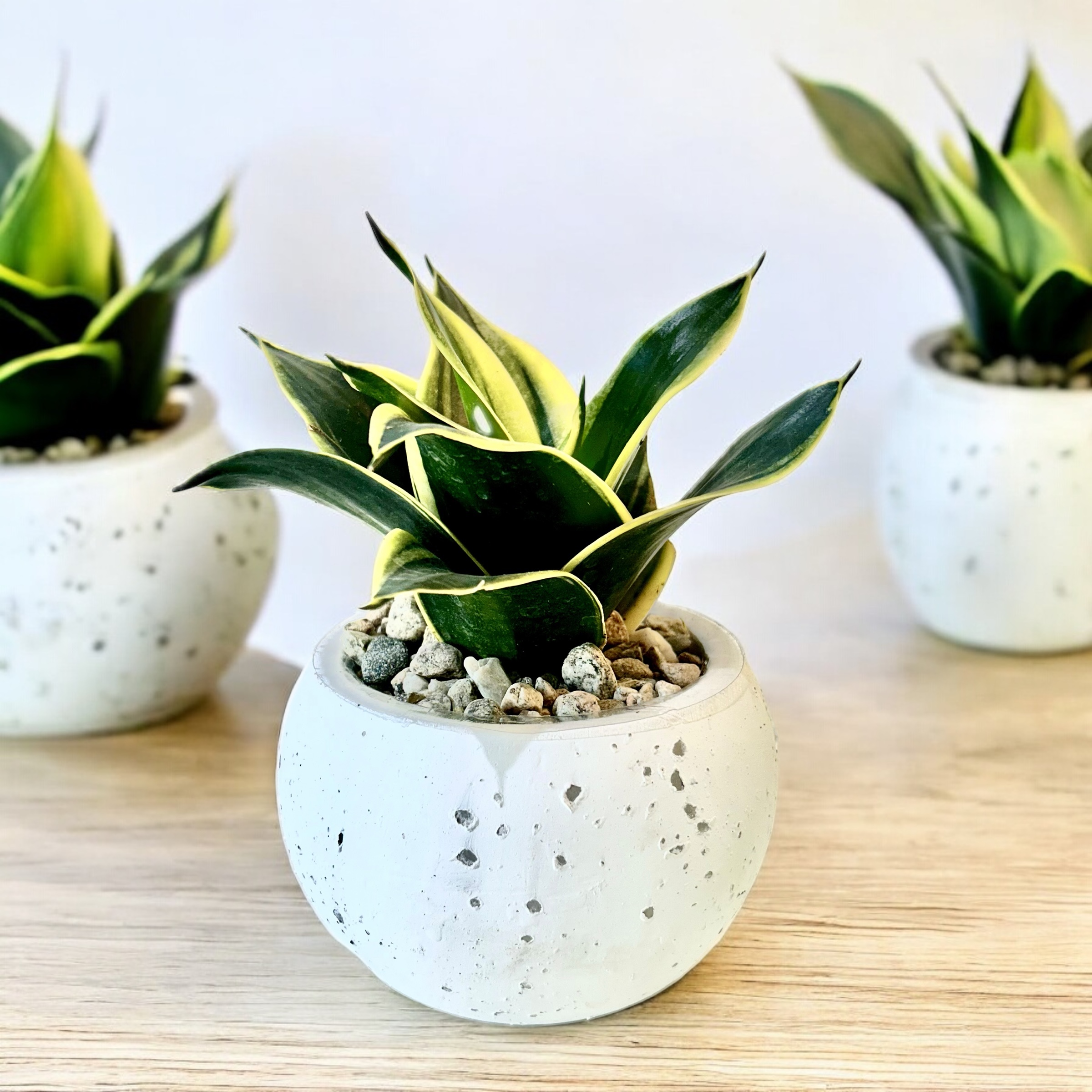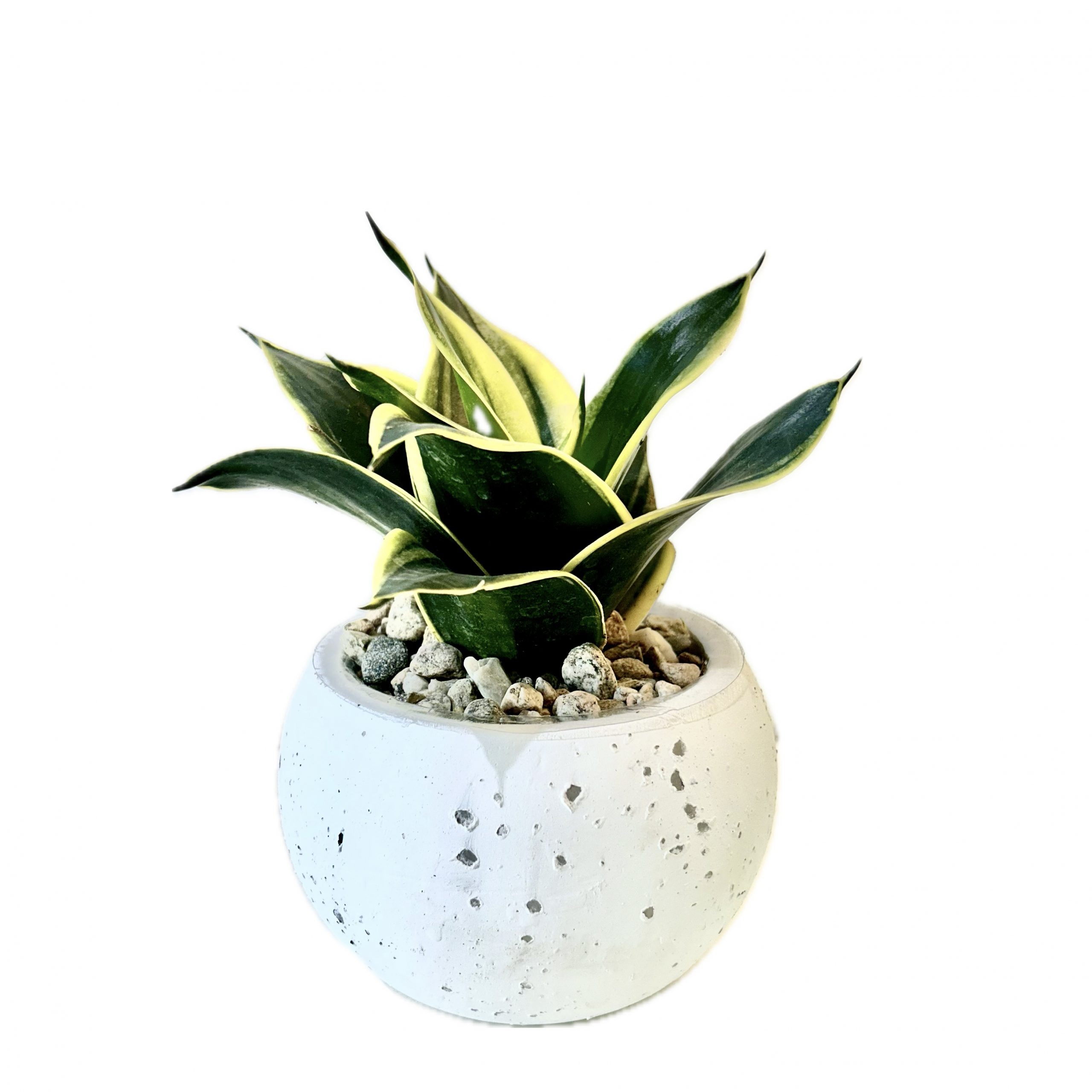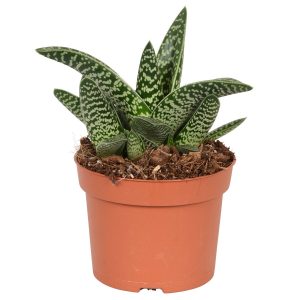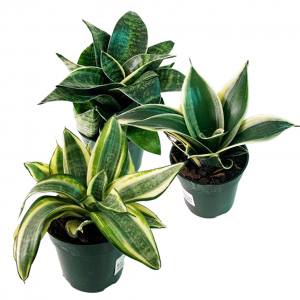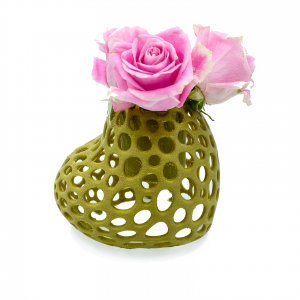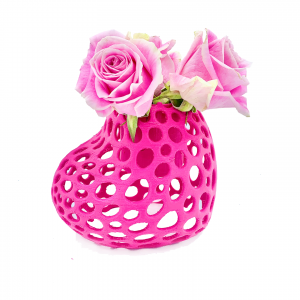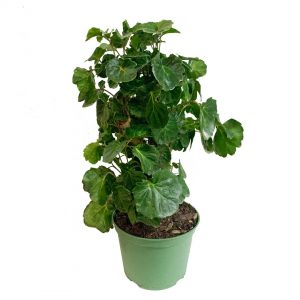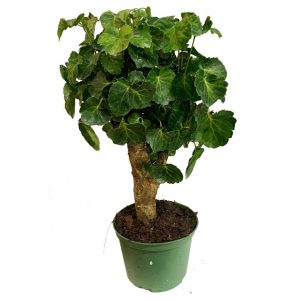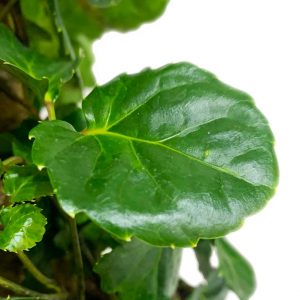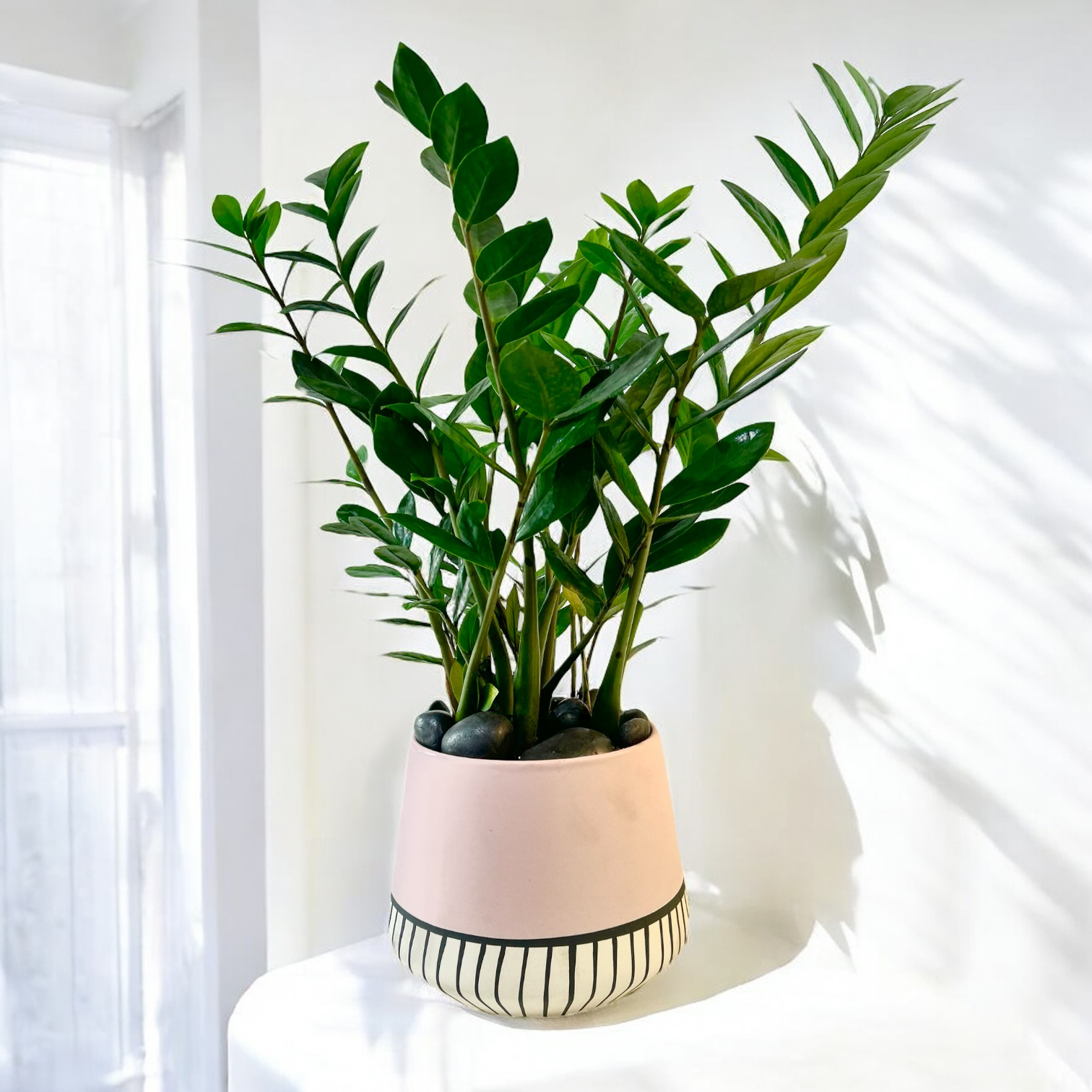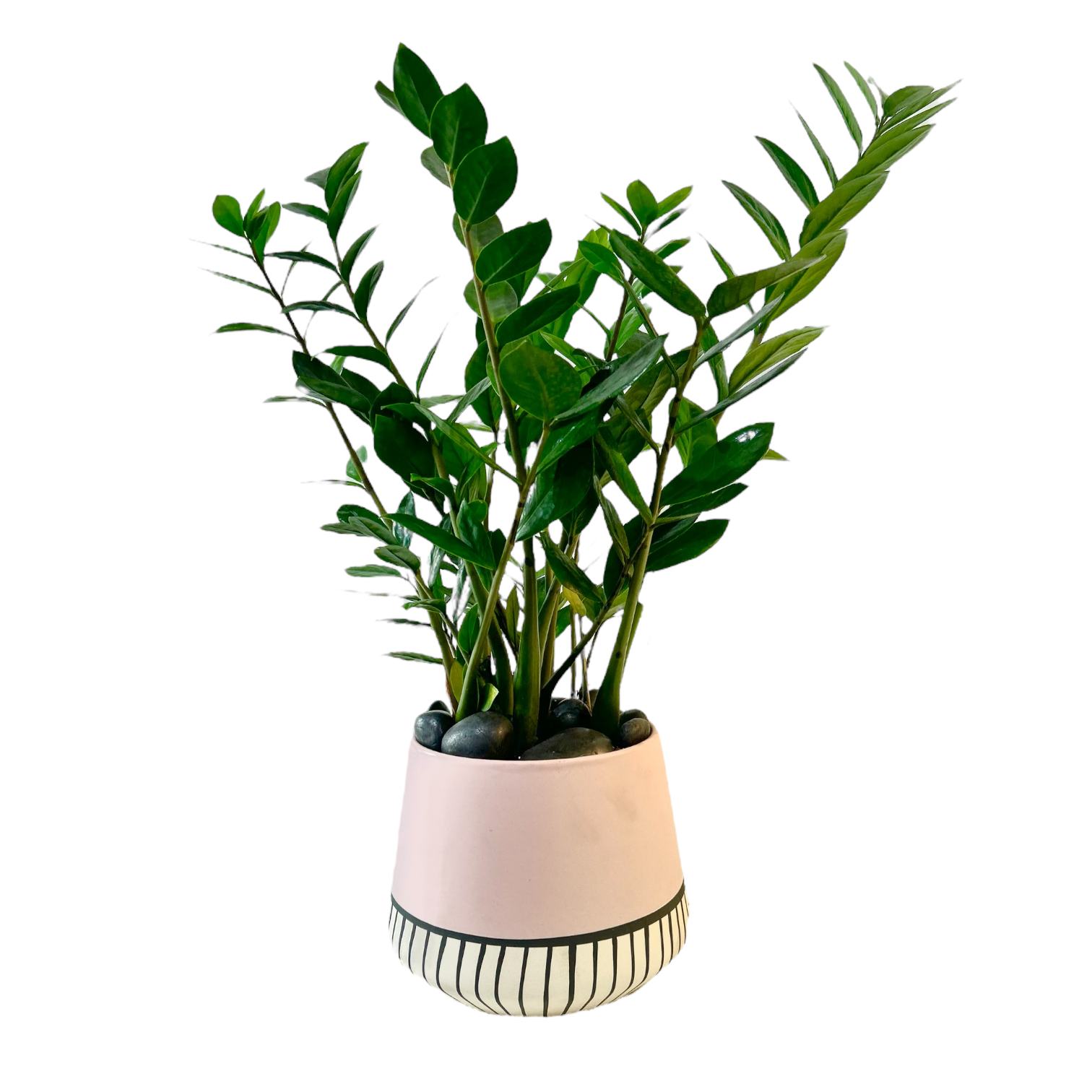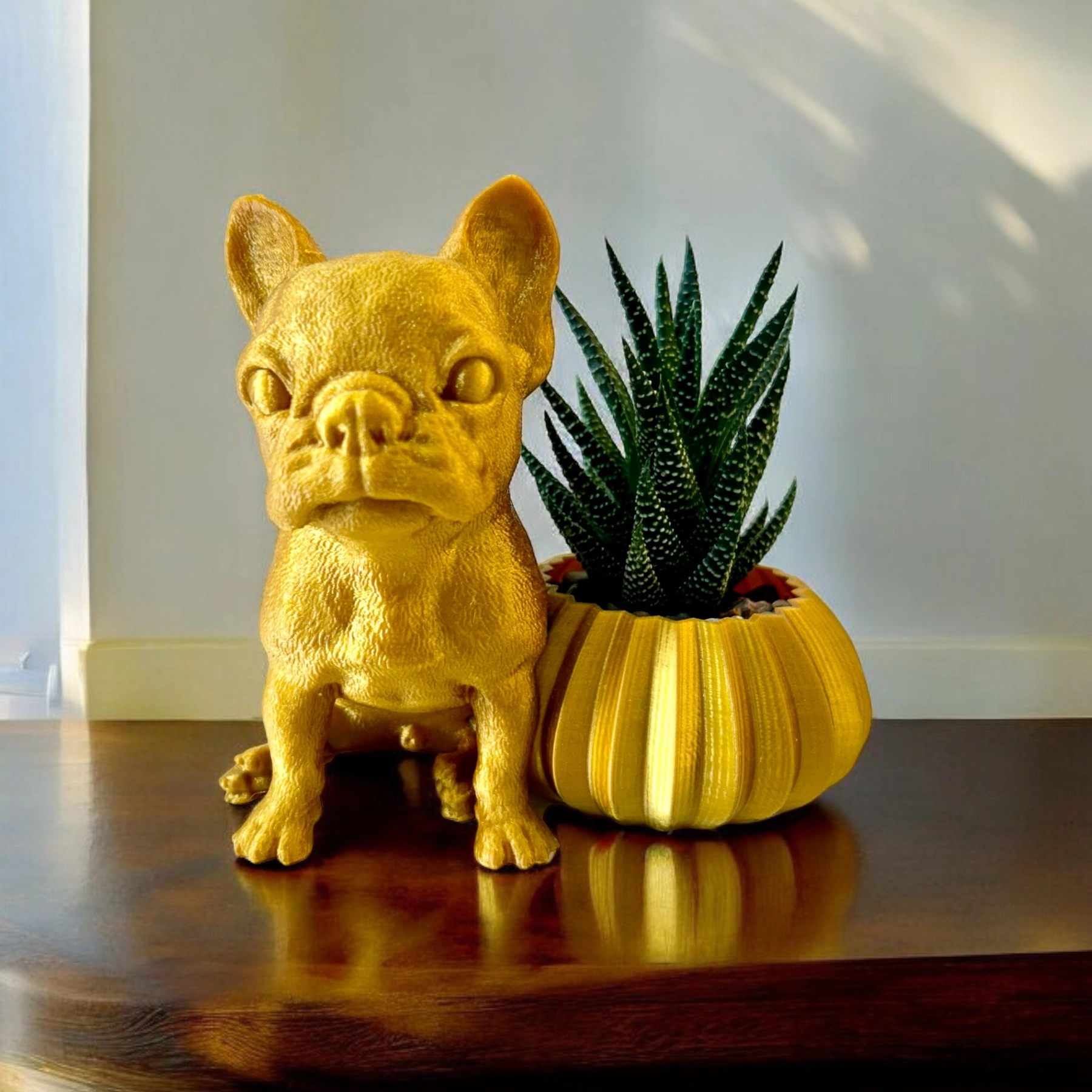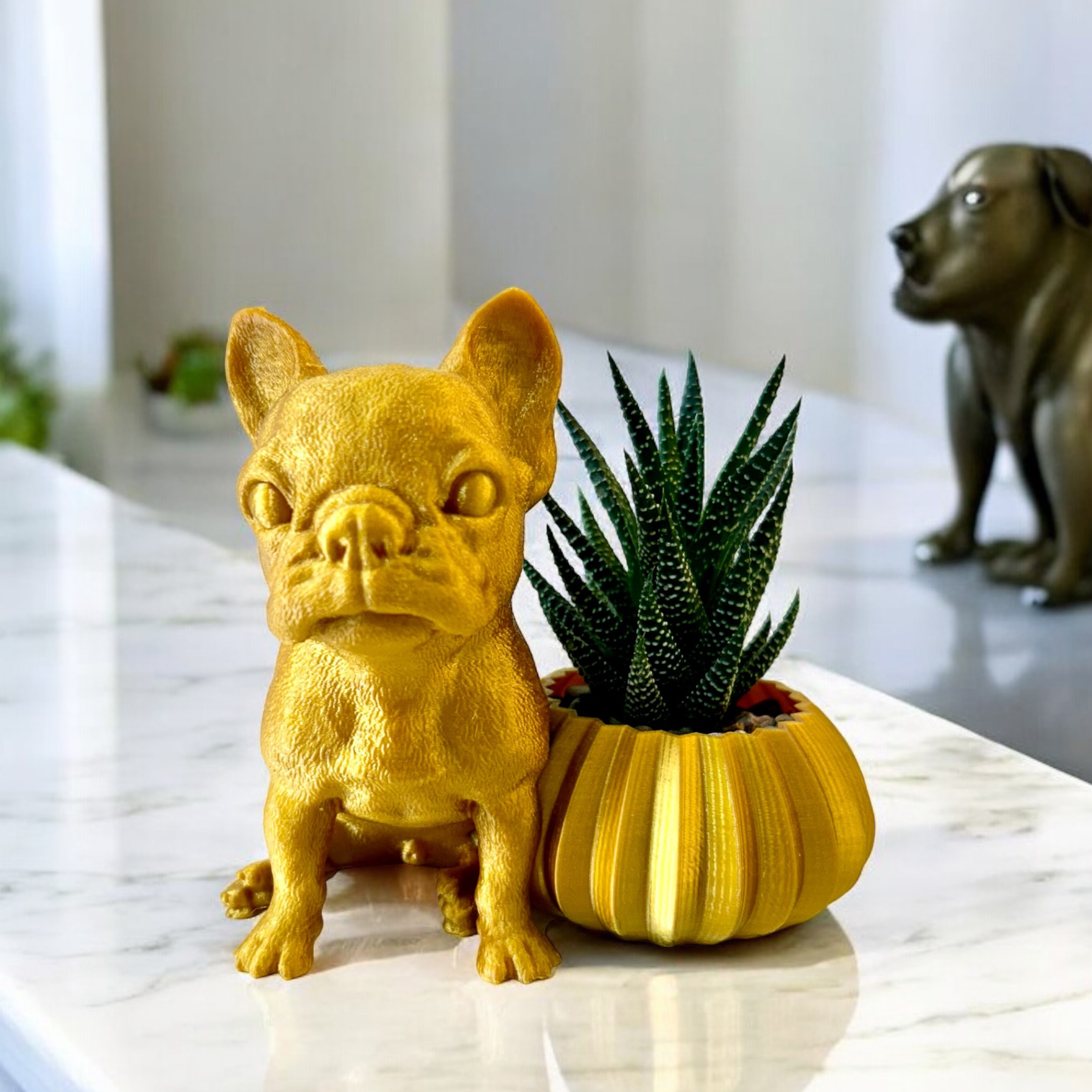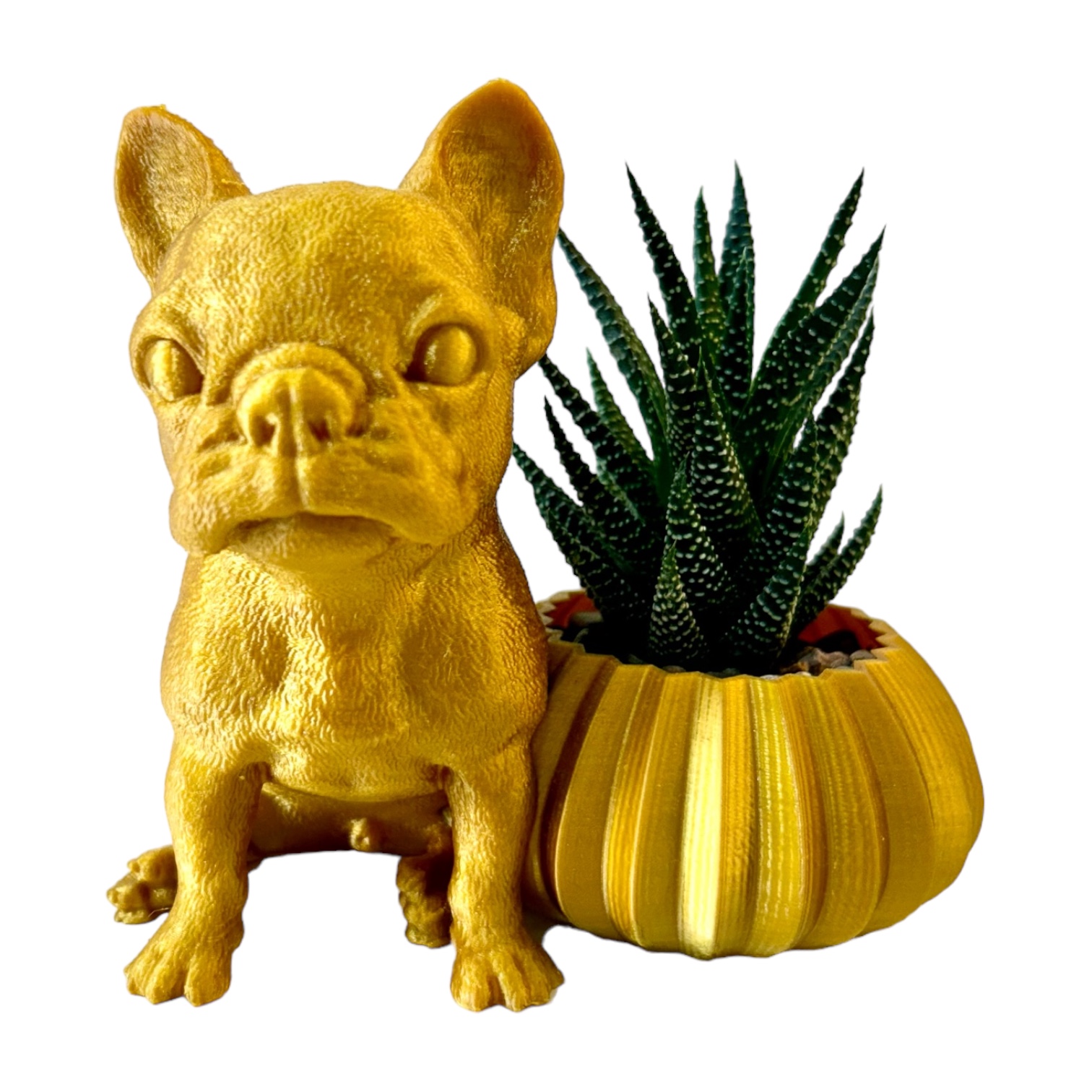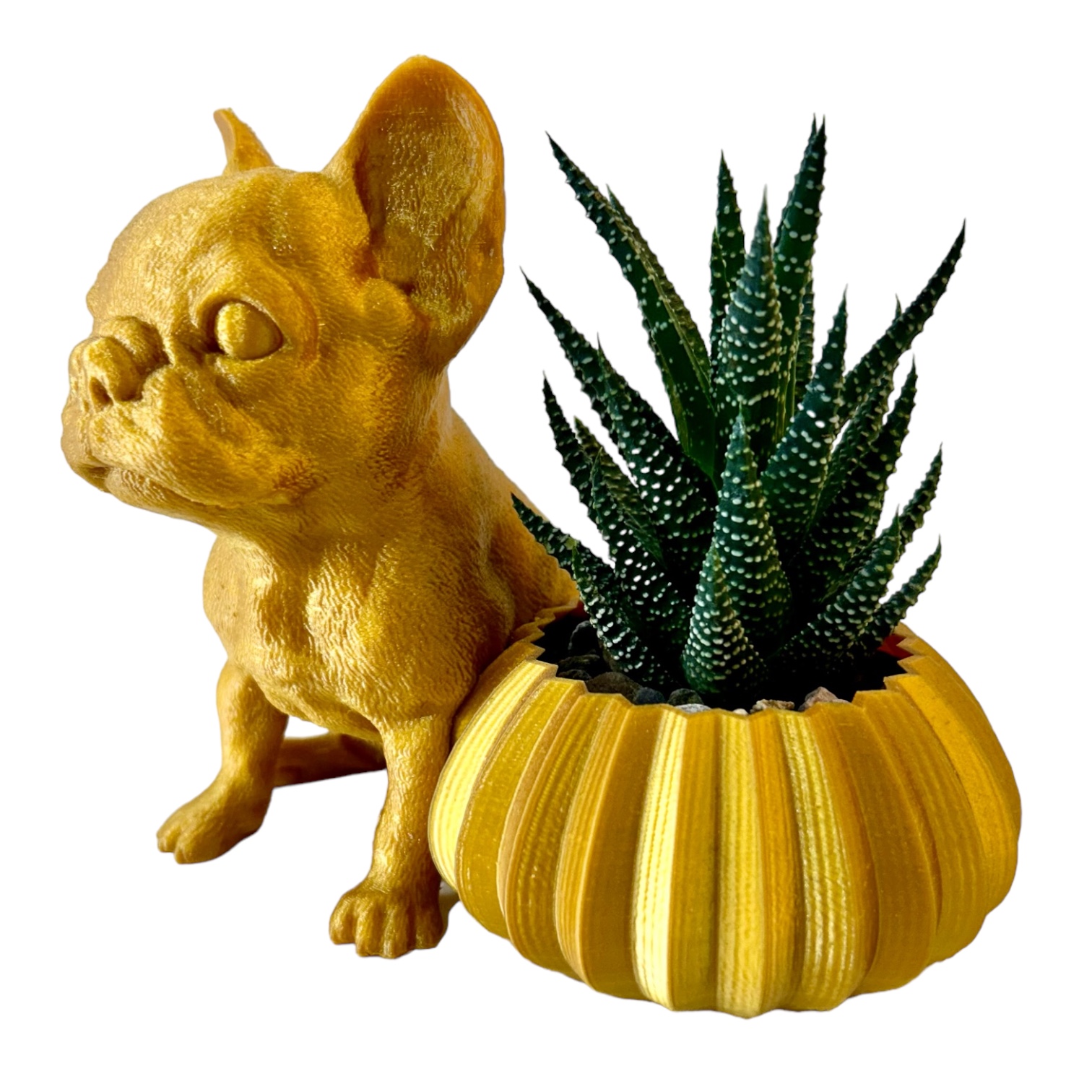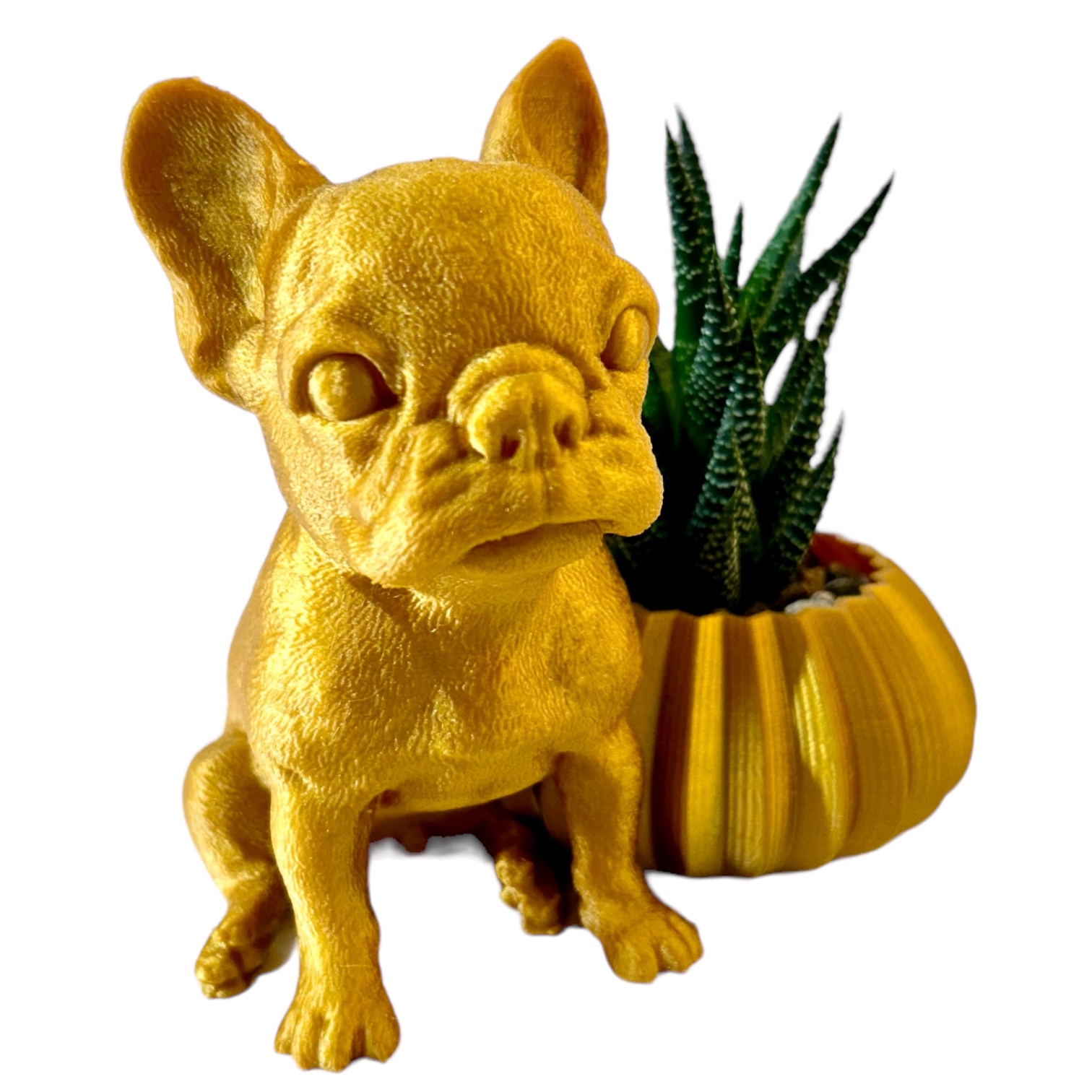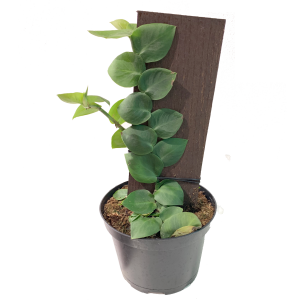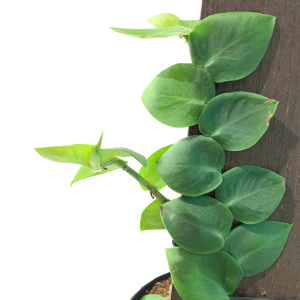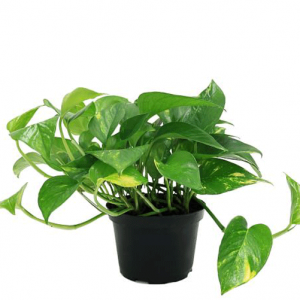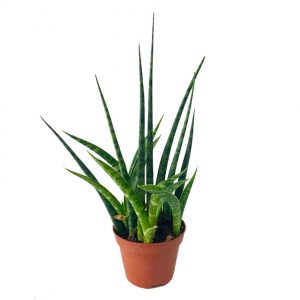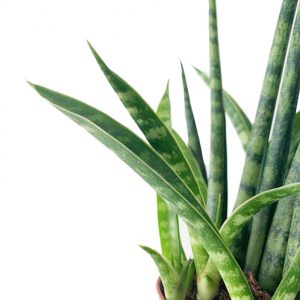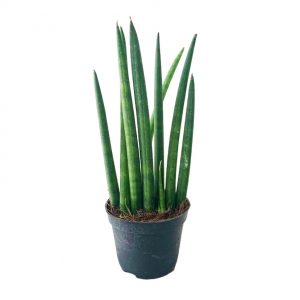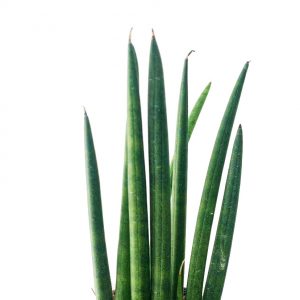This plant thrives in the following light condition(s):
BRIGHT LIGHT: Bright light is needed for this plant to stay healthy. Plants that are exposed to "bright light" or "full sun" receive direct sunlight without any obstacles, such as curtains, blinds, tall trees, or buildings that create shade. This sort of exposure commonly happens when a plant is positioned in a sunny window, enabling it to receive the most intense and direct indoor light.
MEDIUM LIGHT: This plant needs medium-light or filtered light. Medium light occurs when there is a diffusion of light, such as that provided by sheer curtains and the light source, like a sunny window. This type of lighting is often referred to as "dappled sunlight." Any obstruction partially blocking the path between your plant and the light source creates a medium-light environment.
LOW LIGHT: This plant needs low light. Low light conditions occur when a plant is positioned in a spot shielded from direct sunlight, such as a few feet away from a sunny window or in a location where it can see outside but not the sky. In low light, plants receive less energy and produce less food. While certain plants can survive in low light, they may not thrive under these conditions.

